On April 30, nurse Reizl Fernandez found herself sitting inside a Manila emergency room, in an area set aside for staffers to put on their protective gear, quietly wiping tears from her eyes.
"I was sleeping and the ringing of my phone woke me up awhile ago. I was told that I was positive for COVID-19. It felt like someone had poured cold water all over me," said Fernandez, a 27-year-old nurse at Gat Andres Bonifacio Memorial Medical Center who never thought that she would become a pandemic statistic.
Fernandez became a licensed nurse in 2015, but only entered the profession in February this year, after a stint as a factory worker in Taiwan, where the salary was far higher than what is offered to nurses in the Philippines.
On April 15, after just two months on the job, Fernandez and her fellow healthcare workers underwent mandatory COVID-19 testing via an oral swab. She was notified of her positive result 15 days later, or one day after the standard coronavirus incubation period had elapsed.
Though she was asymptomatic, the news weighed on Fernandez nonetheless.
"On a scale of one to 10? My anxiety is at eight,” she said at the time. "If it's just me, I know I can handle it. But I worry for my family at home. I’m scared I could infect them."
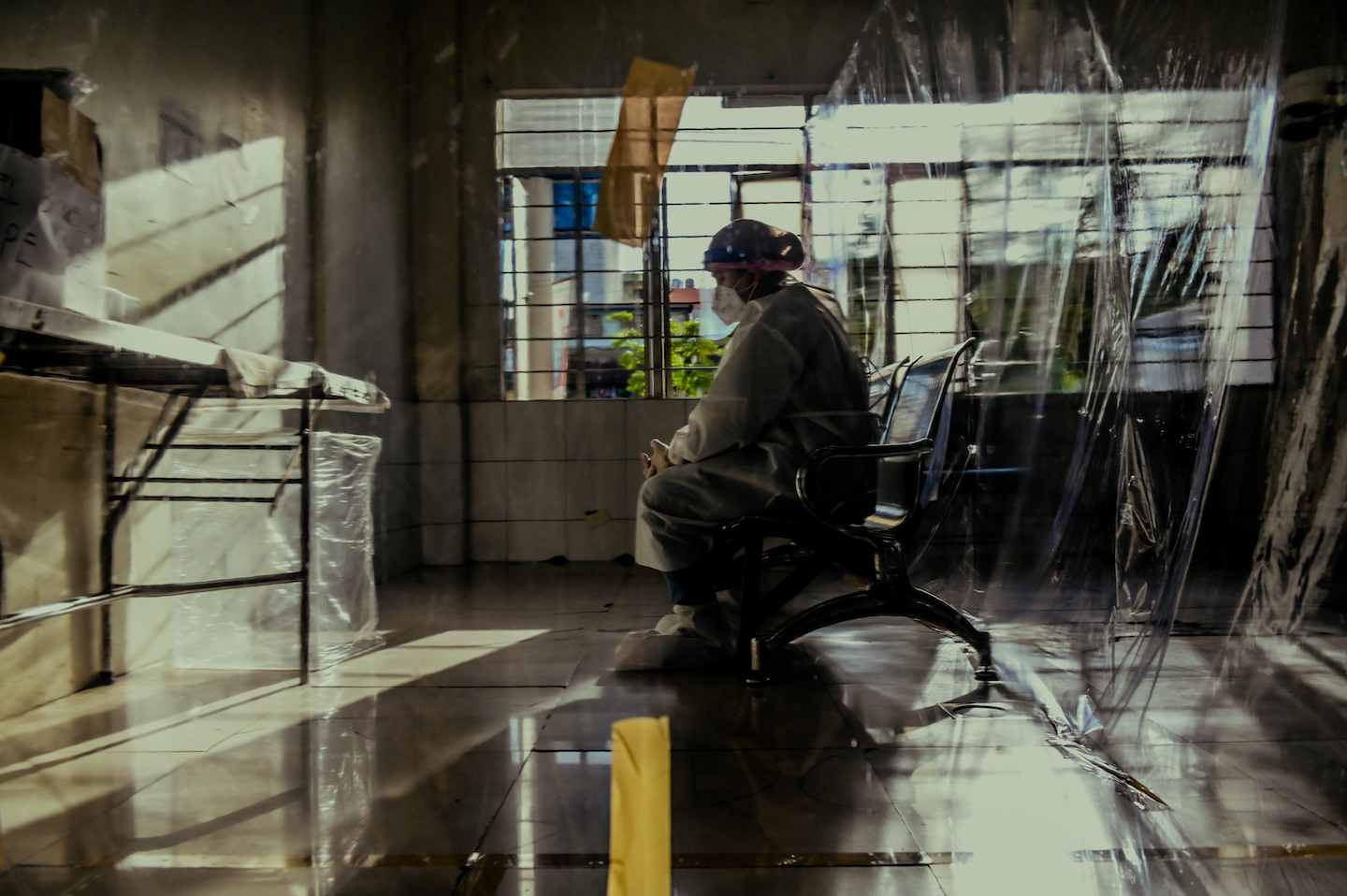
Fernandez was sent to another public hospital, and ended up spending the next 40 days in quarantine, much of it away from friends and family.
The hospital where Fernandez works is known for its dialysis center, and was one of the last to house any COVID-19 cases. The government hadn’t wanted to risk an outbreak there, given the chance of infecting vulnerable patients, but eventually it too had to open up to COVID patients in April, at the height of the pandemic.
The ensuing rush of potential patients was such that in mid-April, throngs of people were lined up outside the hospital, waiting as long as five days just to be examined in the ER, which spilled out of the building into tents outside.
The hospital eventually had to close to retrofit its facilities to better accommodate patients. Now, it has an entire floor dedicated to isolating coronavrius patients, and a room for asymptomatic medical staff. As the virus continues to spread, so do the obstacles medical workers face. For many, it’s the mental and emotional challenges that are the hardest.
Dr. Fresco “Yappy” Yependon is an infectious diseases doctor who now focuses on COVID-19 cases. He said that most hospital staff have been demoralized by the situation.
"To boost their morale, I just remind them that we are in a hospital named after a brave hero, and a revolutionary. We will fight through this,” he said.
His colleagues get much-needed emotional boosts from their families. During breaks, they make calls or connect via Facebook.
"I see nurses and other staff on their phones using TikTok. I encourage them to do whatever they can to keep their sanity. Talk to your family, browse social media, blow off some steam. We’re people too."
Fernandez, meanwhile, recovered after her 40 days in quarantine, and is now back on the frontlines.
As of writing, the Philippines has recorded 26,781 COVID-19 cases and 1,103 deaths, but still has no mass testing.
See more images below.
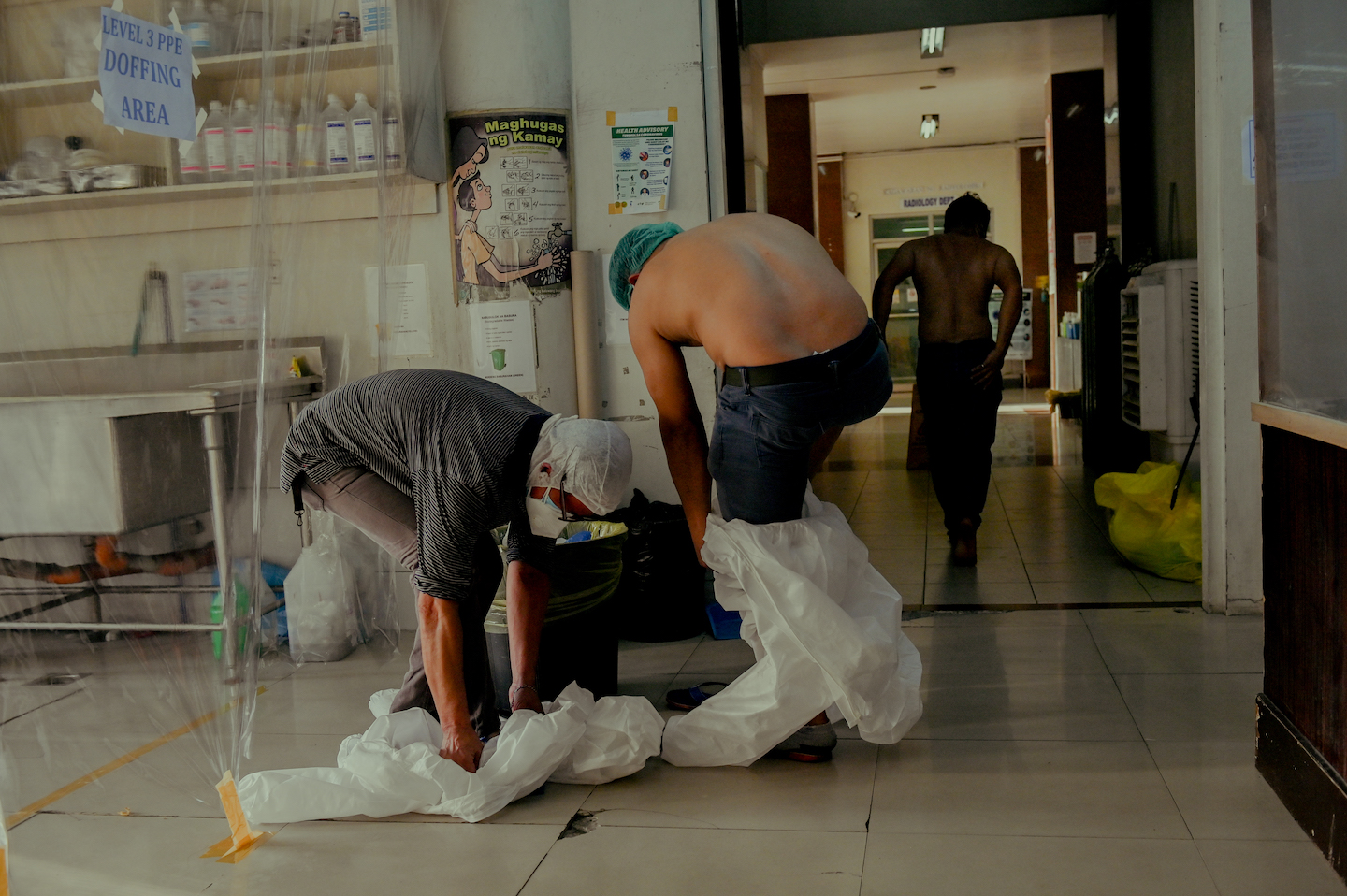
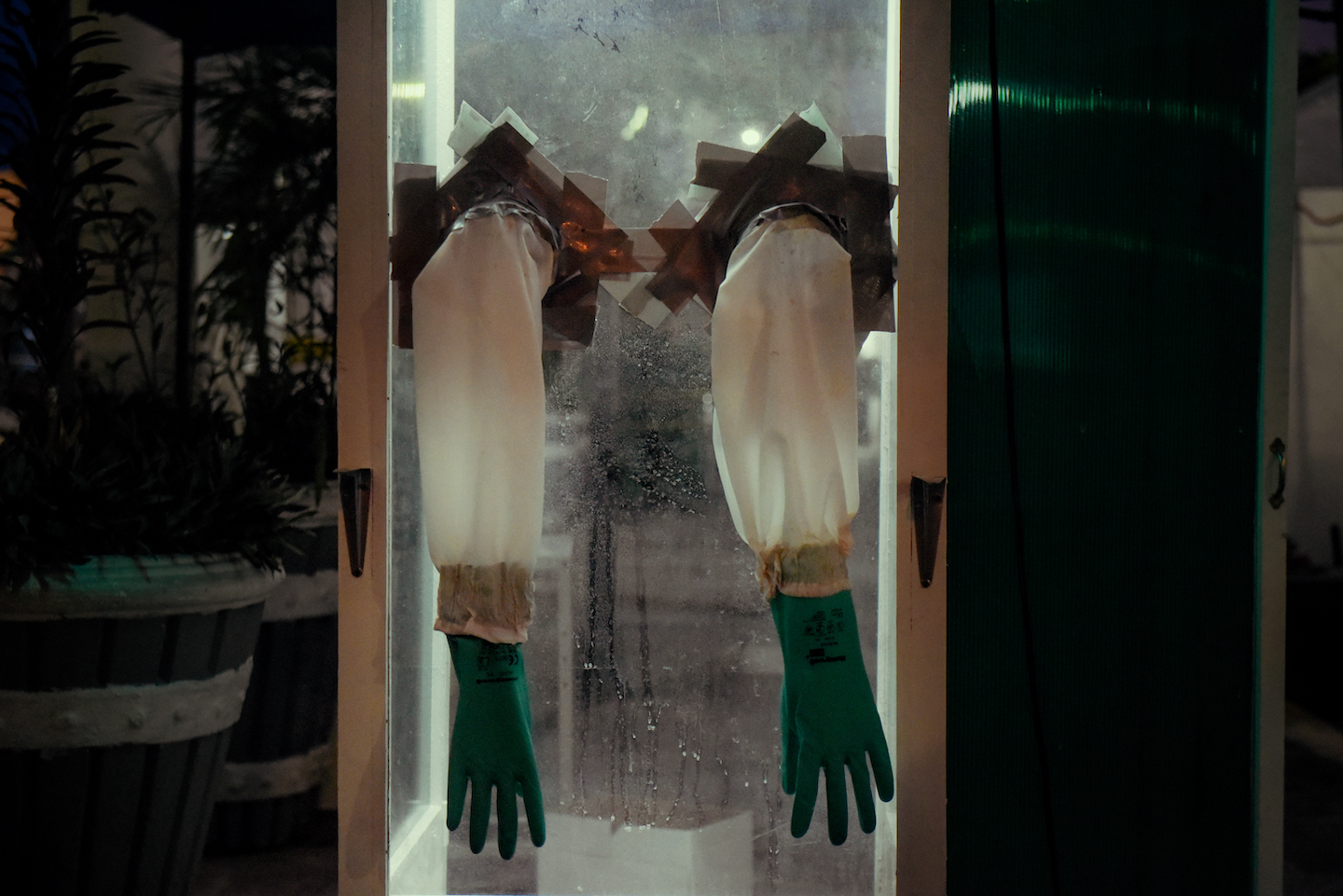
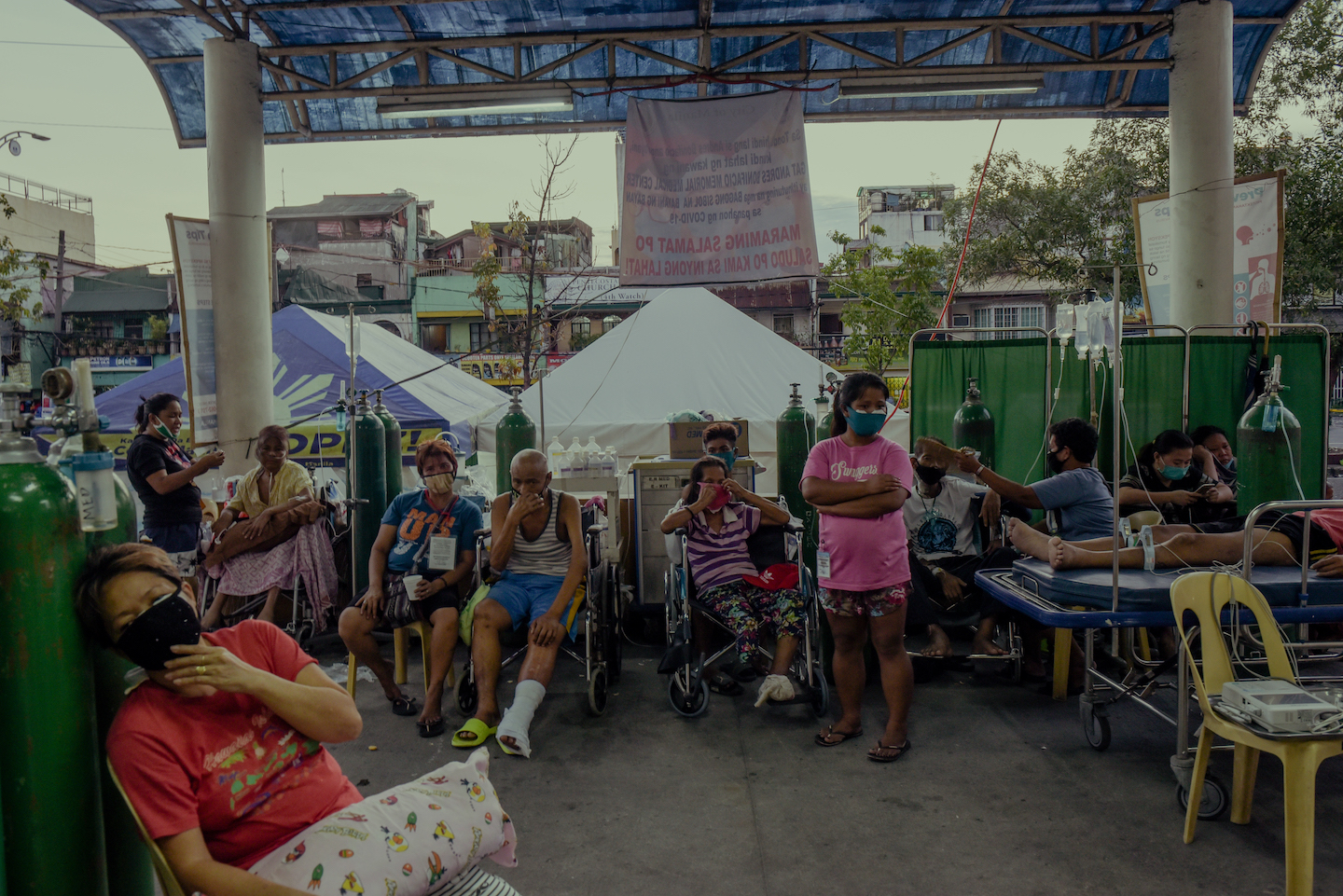
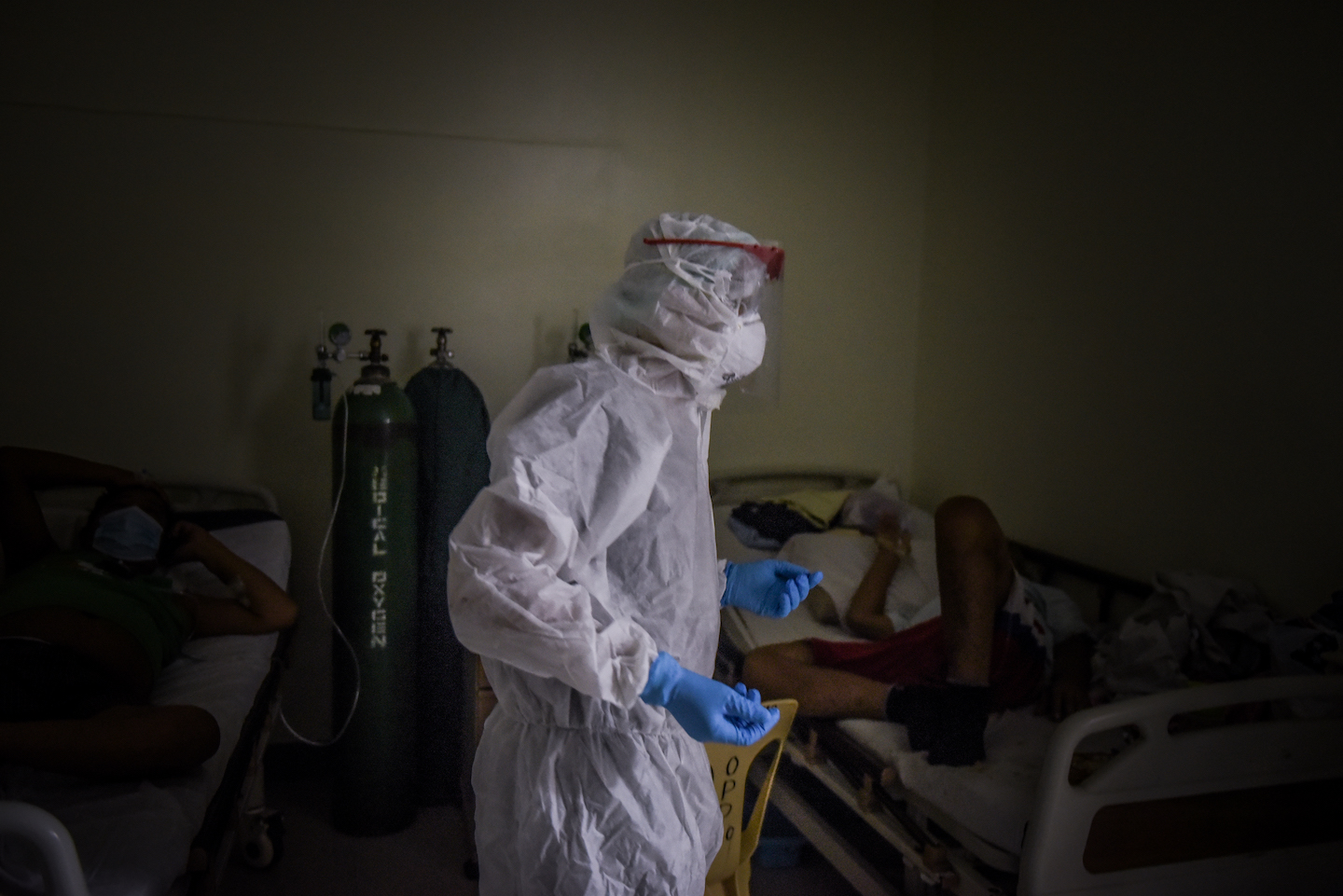
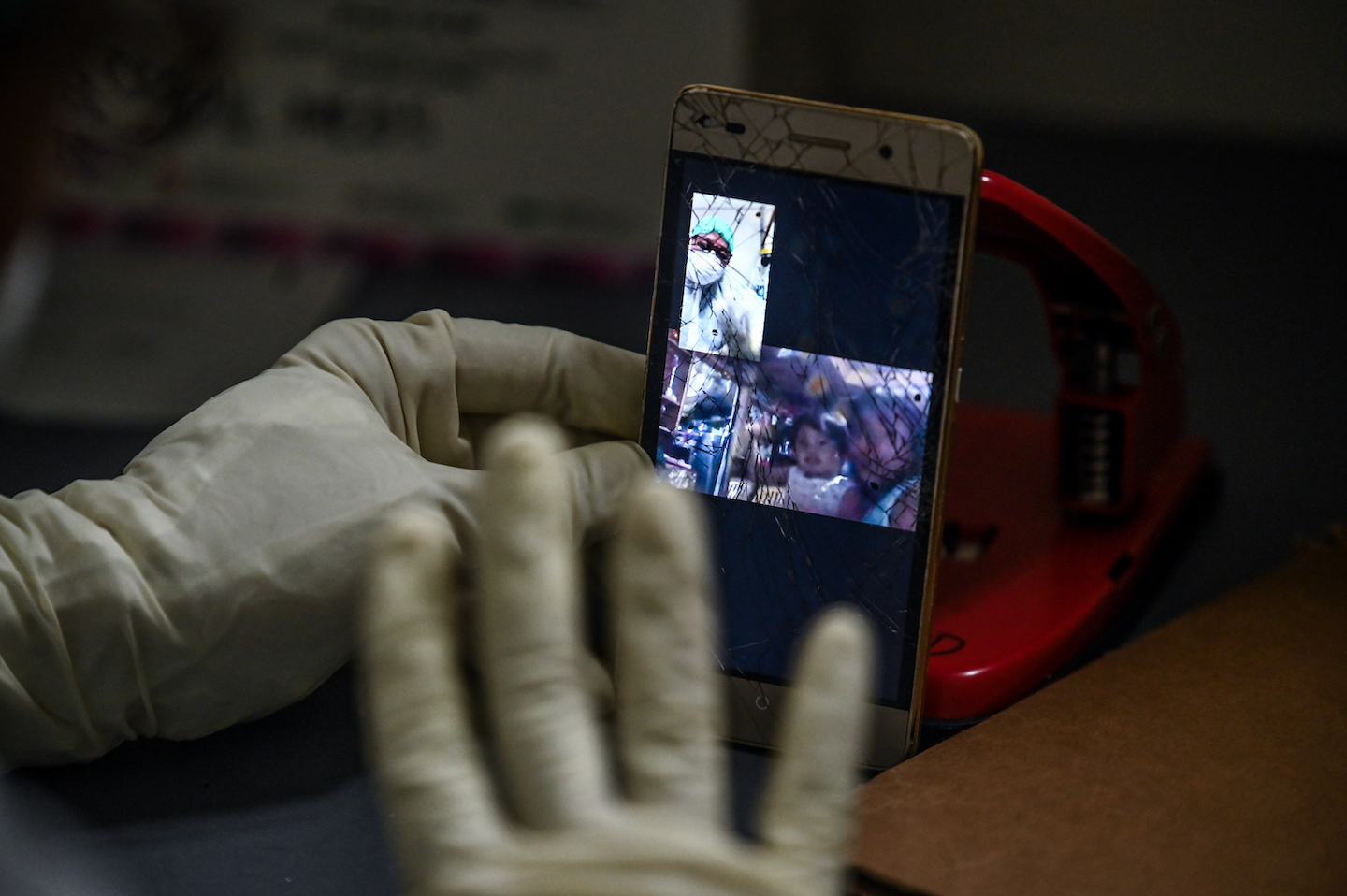
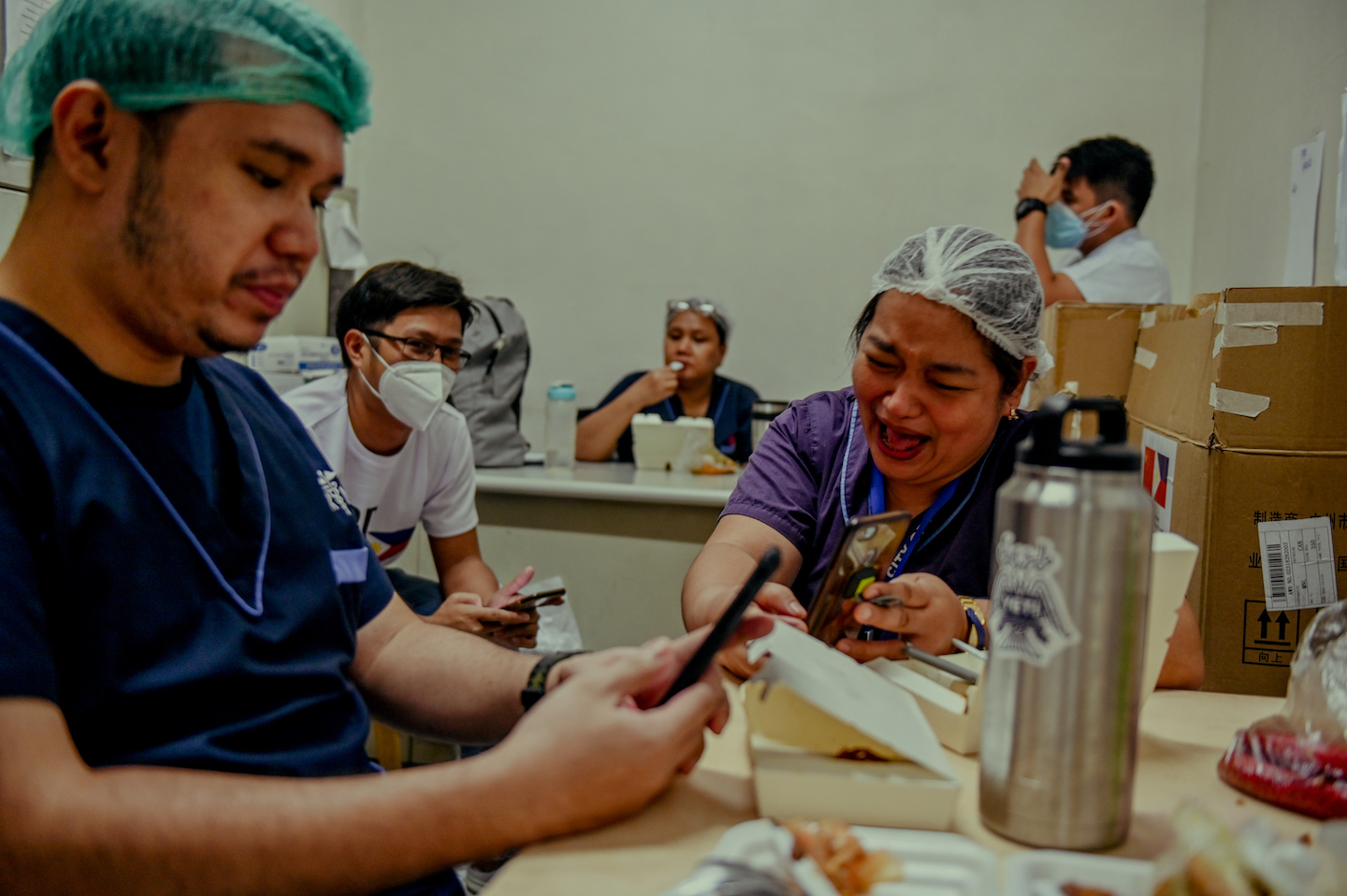
Follow Alecs on Instagram.
from VICE https://ift.tt/2Y7X21z
via cheap web hosting
No comments:
Post a Comment